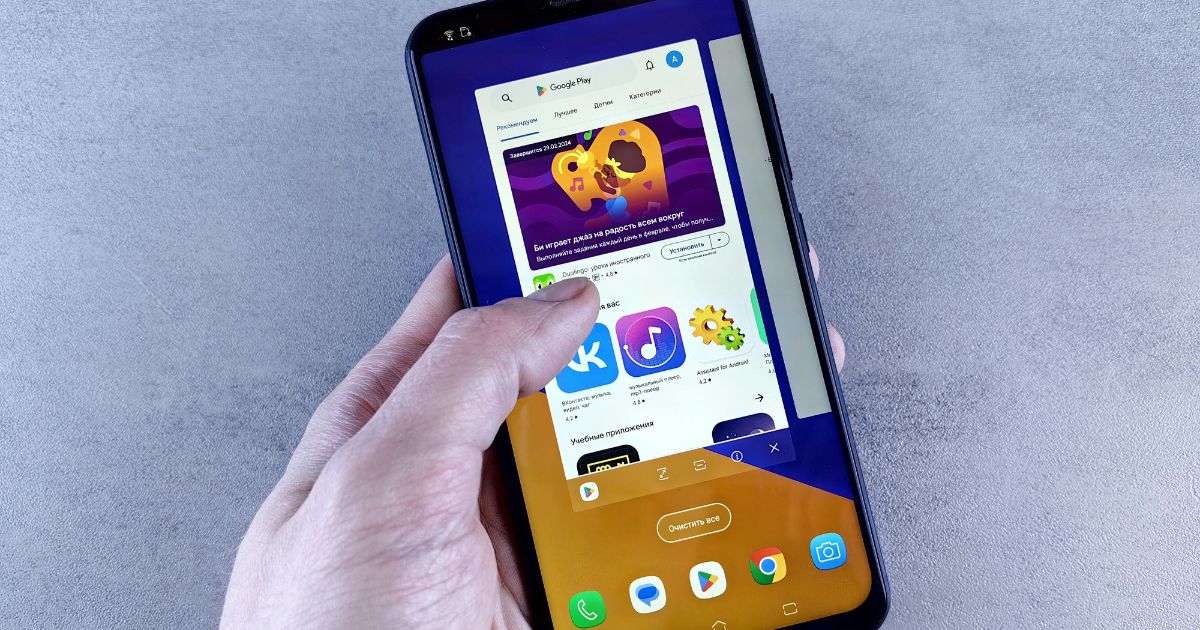In the past few years, you have probably heard about the (IoT). Put simply, it describes the trend toward everyday items being connected to the web. From appliances like refrigerators to home security systems and thermostats, that connectivity is improving both function and convenience for consumers everywhere.
And it’s not a fad, either. By the end of 2020, estimated revenue from IoT-enabled devices could come close to $500 billion according to current estimates. Within five years, even cars, traffic lights, and other items outside the home could become part of the effort to make our lives better through connectivity.
Of course, that development brings up a crucial question. If more and more devices and items around us are connected to the internet, how do we control them? Increasingly, a centralized system will be needed to keep track of all that new connectivity and ensure its productivity.
One type of device looking to become that hub is voice assistants, from Google Home to Amazon Echo. But ultimately, the function and ability to improve our lives will continue to depend on something we have already become familiar with: mobile devices.
Mobile Devices as Universal Remotes
We’re already seeing the beginning of this development. Smart TVs, for example, can be controlled via mobile apps. No more losing the remote in the couch cushions. In addition, smart thermostats like the Ecobee can be controlled directly via mobile app.
Upon further consideration, that connection makes perfect sense. Smartphones have become a ubiquitous part of our lives, traveling with us wherever we go. In addition, they have the capacity to act as remotes, as explained in the above paragraph. So why not use them as the device with which all of your IoT items can be controlled?
Even if you already use a voice assistant, the mobile connection is obvious. Echo, for example, comes with its own mobile app on which you can see past searches, pull up shopping lists, and more. And of course, both Google Home and Apple’s Siri exist on your mobile devices from the respective manufacturers.
Of course, you probably don’t want or need individual apps for every internet-connected appliance or device in your home. After all, a non-standard set of apps that don’t actually communicate with each other will directly contradict the obvious goal of increased convenience. App developers like Apple have recognized that fact, and are now releasing options like the Home app to bring all of your IoT apps under a single umbrella.
Building Your Smartphone App With IoT in Mind
Long story short: the internet of things is here to stay, and mobile devices will be the most important part of controlling all aspects of your increasingly connected life. In theory, you may not think that this development has a direct connection to your business needs. But in the near future, that connection might become more clear.
Think of it this way: your audience is looking for convenience, which is exactly what IoT provides. Your app, though, also plays into the same aspect of convenience. You might not have to connect it directly to individual devices, but it should at least account for the same trends that are driving your audience’s desire to connect separate parts of their daily lives.
To accomplish that goal, you need to work with an app developer that knows both the potential and challenges of the Internet of Things. Building a mobile app needs to happen not just with the present, but also the future in mind. To learn more about how we can help you accomplish just that, contact us. We’ve developed several IoT software projects and we’d love to work with you on yours!
AppIt Ventures is a leading Denver-based mobile app design and development firm. We have provided innovative solutions on time and budget for a number of firms across many industries including healthcare, manufacturing, and logistics.








